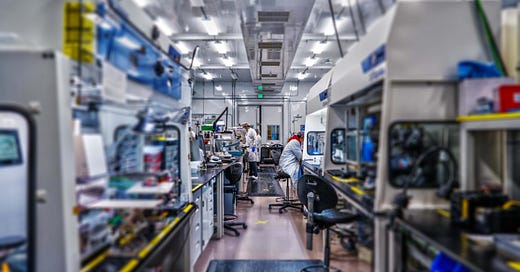Quantum Leap for Solid State?
QuantumScape going public, new US DoE projects, career insights with Crystal Jain, and more.
Hello and welcome to Intercalation Station - we’re Andrew & Nick, two energetic individuals in the battery space. We hope this newsletter will be your stop for the latest battery innovations in research and industry, intercalated monthly into your inbox. We’d love it if you share & subscribe!




